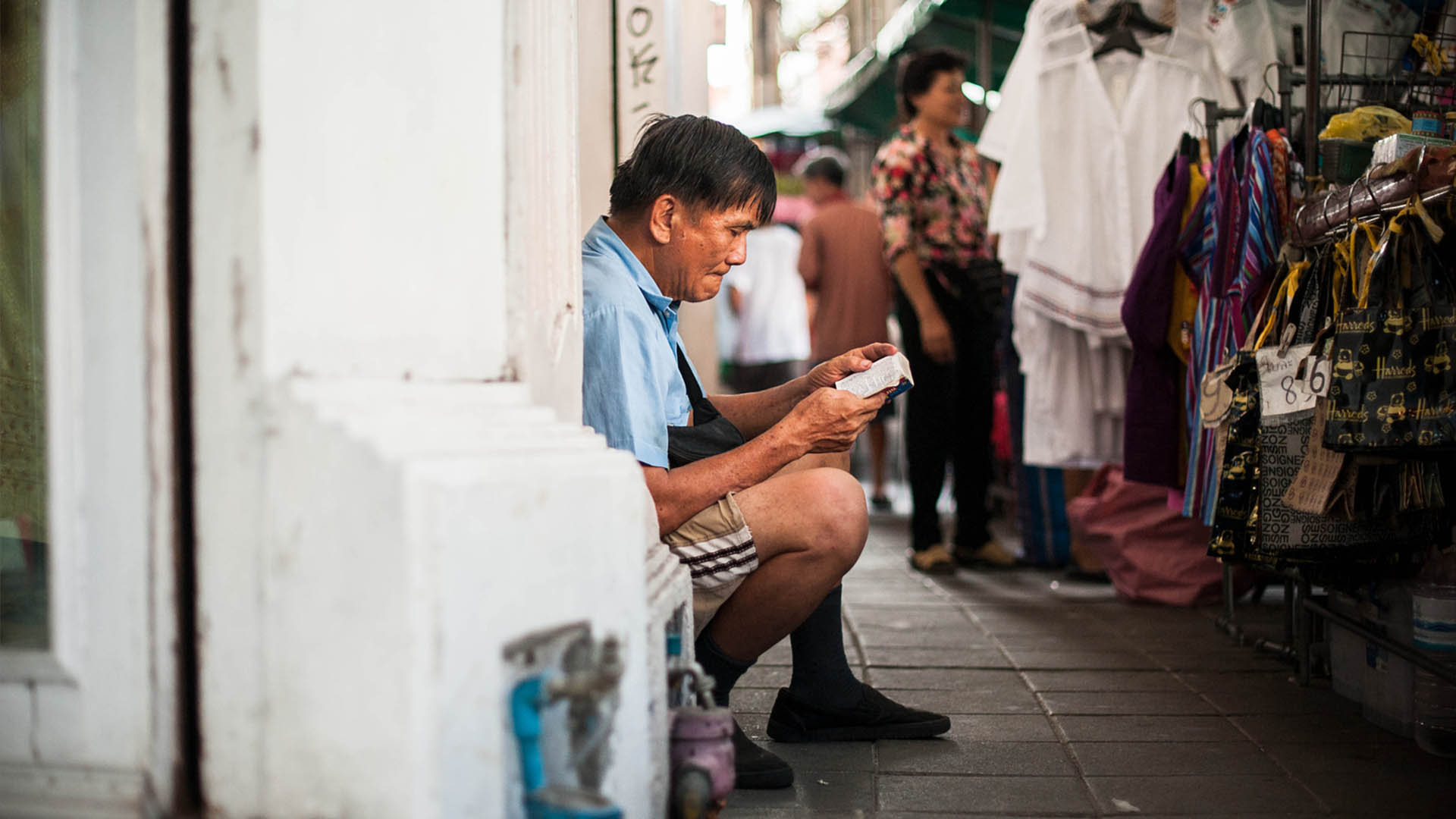Explore more

Singapore’s greying population is growing, and it’s doing so faster than any other age groups. Within the past decade, the proportion of those aged 65 and above grew at a CAGR of 5.1% as compared to just 0.8% for those below the age of 65. Post-war baby boomers began joining the ranks in 2012, and since then, Singapore’s aged segment has been growing to the tune of 6.5% to 6.8% per annum.
Considering the country’s declining birth rates and rising life expectancy, Singapore has some important structural challenges on its hands. Healthcare is a primary concern. An ageing population is four times more likely to be hospitalised than younger Singaporeans. Based on hospital admissions data in 2014, hospital admissions for aged population was five times that of the working population.
An important consideration is whether the medical services sector is able to meet the resource needs of this rising demand. It is estimated that hospital admissions will grow to 750,000 – 791,000 per annum in 2030 from 520,000 currently. This will call for a further 7,000 hospital beds, 15 hospitals, 6,000 physicians and 17,000 nurses.
Comparing the private and public hospital sector, the former seems better positioned to meet the additional demand. Of the estimated 7,000 additional beds needed by 2030, we estimate public versus private bed addition ratio to be 6-to-1. Private hospitals currently have the potential to add approximately 500 beds with existing licensed beds capacity, which is approximately half of the number required by 2030.
On the other hand, our estimate shows that the public hospitals will require 6,000 beds by 2030, of which the government targets to add 2,000 beds by 2018. The government’s plan to have another four acute hospitals (subject to review in 2020) may help to supplement the demand for hospital beds.
Although Singapore’s primary healthcare scene has progressed, there remain opportunities for consolidation as big players only comprise 15% of the market by number of clinics. As demand increases, those who are able to grow will stand to benefit from economies of scale.
There is potential in the untapped long-term care market, encompassing adult day services centers, home health agencies and residential care communities. Although the stigma of living in long-term care homes has been prevalent within Singapore’s Confucian-based culture, Singaporeans may grow more receptive as the dependency ratio falls and mindsets of the modern elderly change, thus creating a greater opportunity for long-term care healthcare businesses.
To download full report, click here.